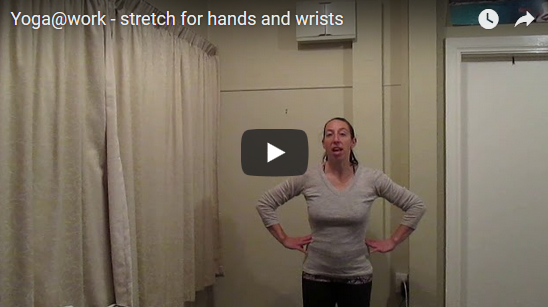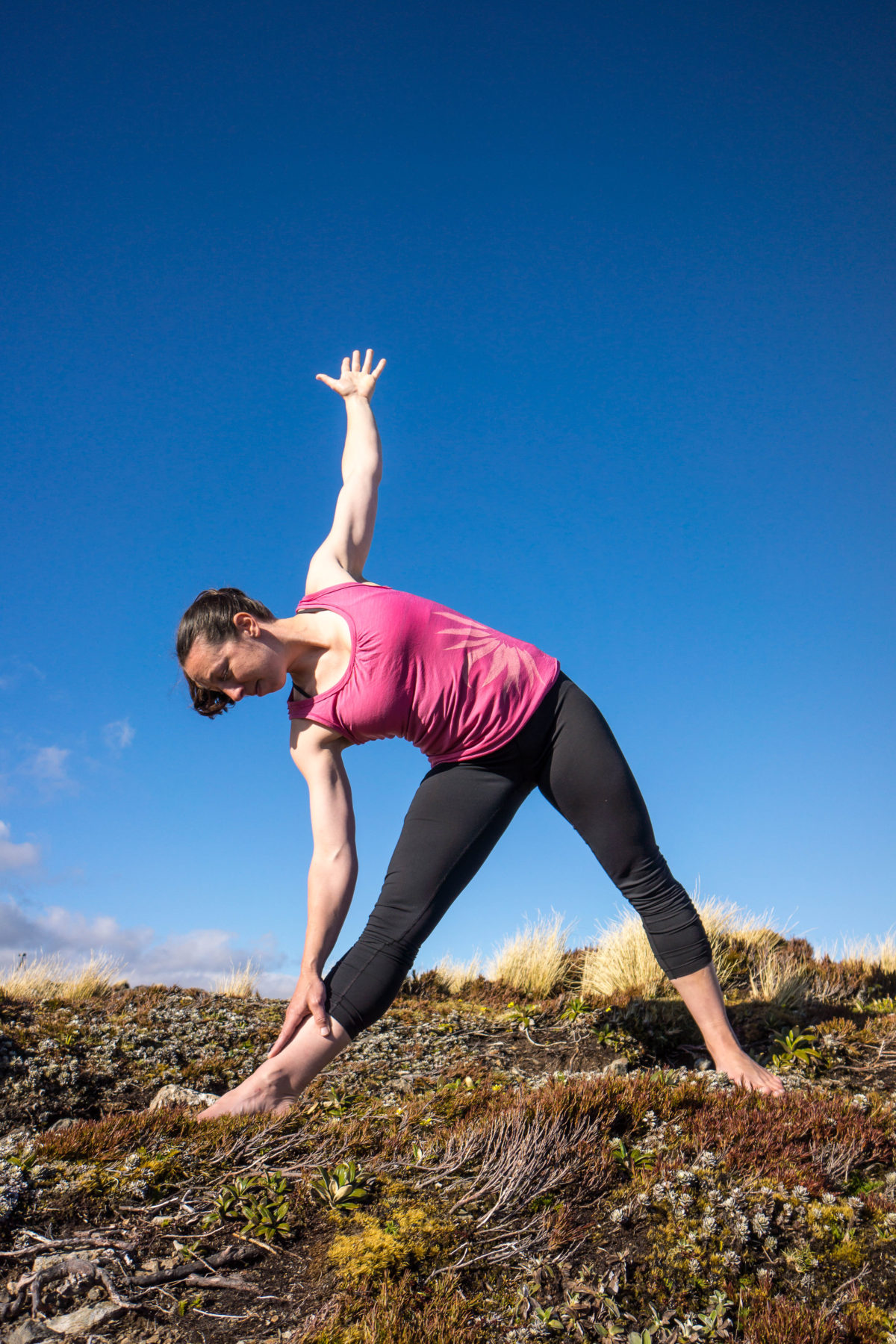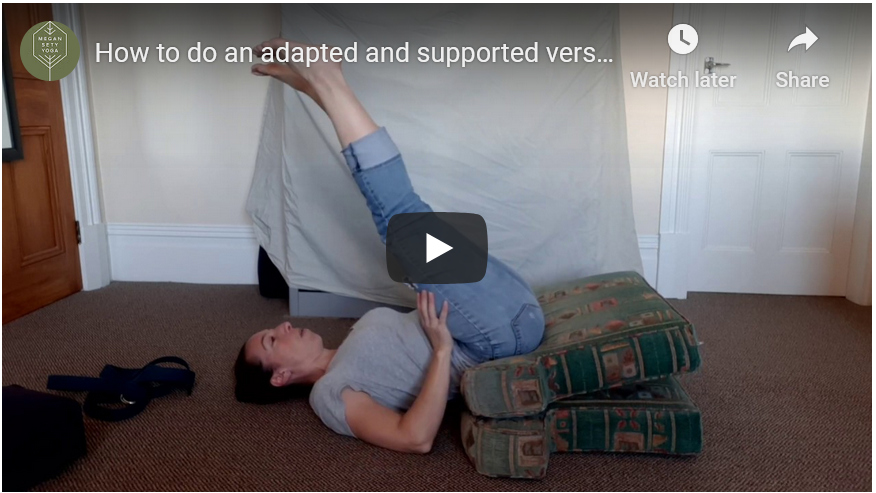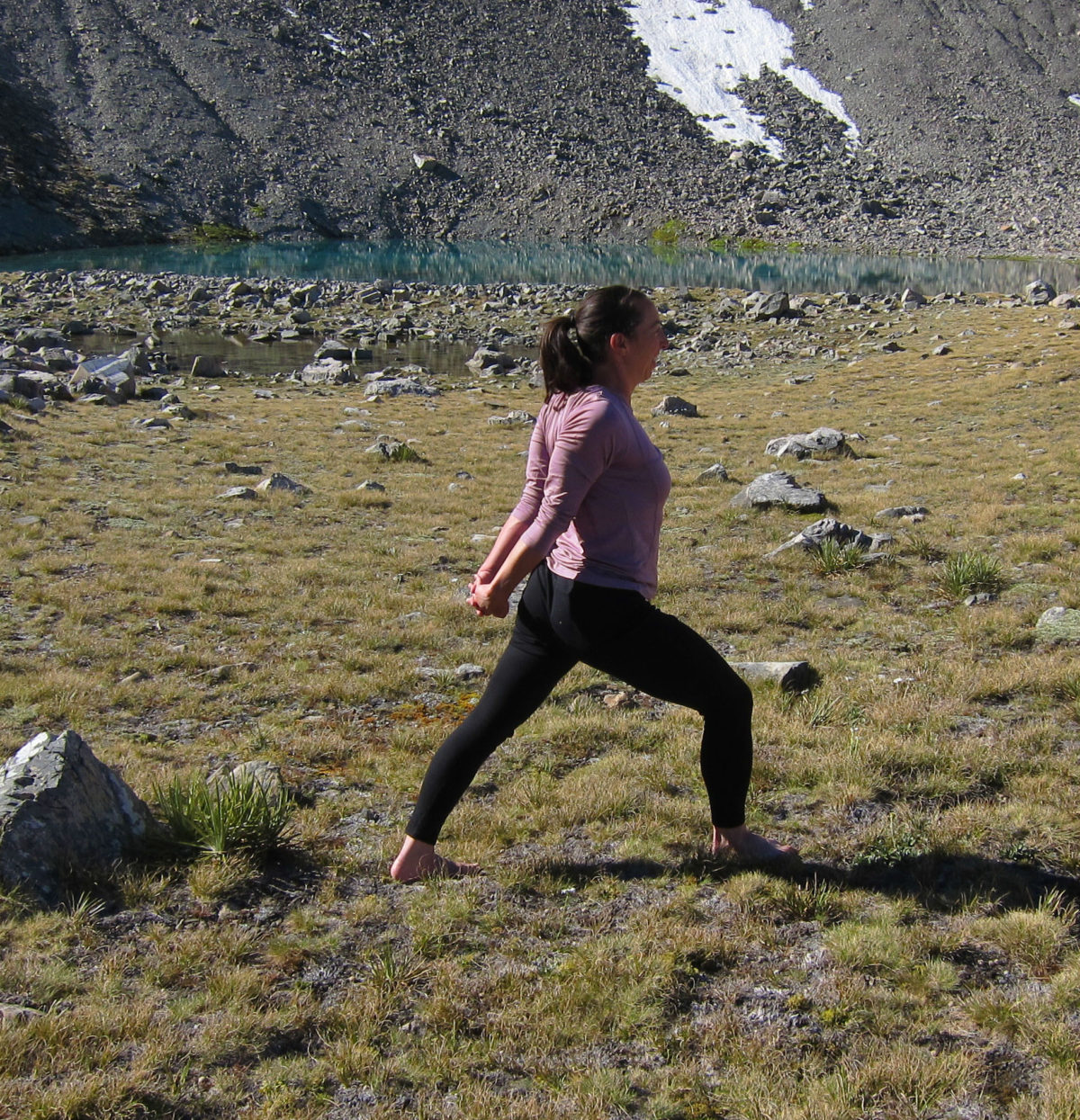At this week’s Yoga for Trampers class we tried both lolasana and tolasana. They look so simple – press down on the floor and lift yourself up, but they are hard!
As we all struggled, there was a shout from the crowd that the reason he couldn’t lift his feet off the floor were his short arms. That’s quite a reasonable statement.
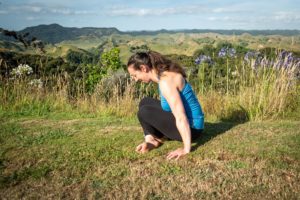
If you look at the photo, it would make sense that someone with long arms and a short torso wouldn’t have to work quite so hard to get their feet off the ground.
But that’s not the only type of anatomical difference that affects how you do a certain position of movement. Everything makes a difference!
Consider a body’s centre of gravity in the upper arms and chest versus the a body’s centre of gravity in the hips – imagine how that would affect lifting your hips off the ground?
And what about the structures of your joints – hip, shoulder, wrist, elbow and knee flexibility all affect your body in this position (here’s an example of just how much bone structure can vary).
Not to mention muscles and the all important fascia affect not only your strength, but your range of motion and even your ability to coordinate or feel the right movement in your body. This of course doesn’t even consider injuries or the affects of our individual movement patterns and habits.
So what does this mean in yoga?
Bernie Clark writes about how it is more important to know what sort of person is doing a pose, than what pose they are doing. I would take that a step future and say that you need to know your own body and also your own personal reason for doing the pose.
As Bernie says:
There are things you can do right now, there are things you will be able to do in time, and there are things you will never be able to do. This is not a critique of your abilities or a reflection of your personality or a flaw that needs fixing—this is simply the reality of your existence.
So don’t worry about if you can do something, worry about why you are doing it.

